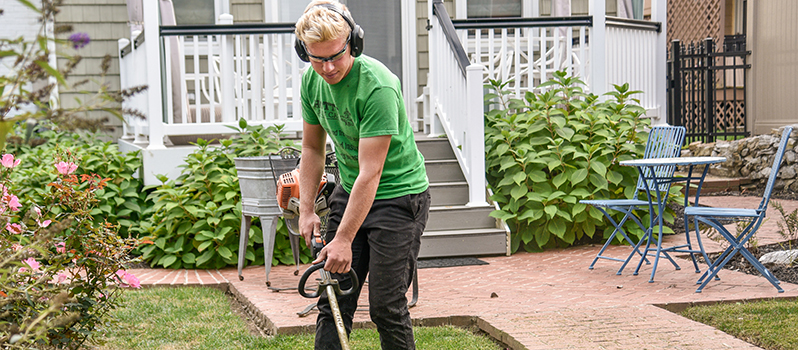
Underwriting a Multi-Operational Commercial Insured
By Linda Ziegler, Commercial Underwriting Consultant
When writing commercial general liability coverage, all operations of the insured should be recognized, underwritten and charged for using the appropriate liability class codes. Liability may be provided under commercial general liability, Artisans or Business Owners Policy.
The insured may have more than one operation that would require multiple class codes to be used to provide coverage and make the appropriate premium charges. So, what happens when your insured has more than one operation and you only want to insure a portion of their business?
Each risk is unique so there are ways to show intent in this scenario.
Your Options
There are two options:
- Write the business operation that you intend to cover, excluding or limiting coverage to those operations by attachment of the appropriate form.
- Decline to quote the entire risk.
It’s not feasible to write all operations on one policy, including operations that are either prohibited or less than desirable, because of WRC program rules and eligibility requirements.
This scenario may occur with landscape and lawn care contractors. Both of those liability classifications are eligible for quotes based on the All Commercial Eligibility Guide. You can find the guide by logging in to the secure WRC website and then going to WRC > Documents > Commercial Lines Underwriting > General Information.
The classes available can be found in the Artisans or Commercial General Liability programs. Often these types of contractors perform snow removal in the winter. Those eligible classes also state that snow removal operations are not contemplated and cannot be covered using these codes. What if the insured decides to get coverage elsewhere for the snow removal operations? Can you still move forward with the landscaping or lawn care operations? The answer will depend on the underwriting guidelines you have set. There are ways to provide coverage for the landscaping or lawn care exposures without insuring snow-plowing operations, which I’ll discuss in a moment.
Another example may be coverage for a multiple-rental property owner. Let’s say your insured has several owned properties that are rented out to others for habitational use. You’re willing to quote nine of the 10 properties. One property is less than desirable, and the insured has agreed to place coverage elsewhere for that property. Can you write the nine properties that you find acceptable?
The answer is twofold. First, if the named insured is different for each operation or each owned property, then it may be possible to write for one named insured and not the other. Liability coverage follows the named insured so if the names/entities are different and there are different policies for each exposure, there’s no problem. The issue arises when the named insured is the same for all operations or all owned property and more than one policy is issued.
Forms You Can Use
When the named insured is the same, you can write a policy for only what is agreed upon and attach the appropriate form to show your intent. The purpose of these forms is to indicate exactly what you will, or will not, insure. There are exclusionary forms (used to exclude certain aspects of the risk) or limitation forms (used to show only what you’re willing to cover). The following forms can be used depending on the program:
- GL210 – Liability Exclusion – This form can be attached when using the Artisans or CGL You would show the operations that are not being covered under your policy when using this form.
- GL224 – Liability Coverage Designated Premises – This form can be attached when using the CGL program only. The form limits coverage to only what is shown on the form – either the operations that are being covered or the location(s) that are being covered.
- BP0720 – Liability Exclusion – This form can be attached to the Business Owners Policy. You would show the operations or location(s) that are not being covered.
- BP0309 – Coverage Limitation – Designated Premises or Project – This form can be used with Artisans coverage only. It limits coverage to only what is shown on the form – either the operations that are being covered and/or the location(s) that is being covered.
In all cases where you intend to cover a portion of the risk, you should obtain certificates of insurance showing coverage elsewhere for the operations or locations that you’re not writing. You should also get updated certificates at each renewal to ensure that there is adequate coverage for as long as those other operations are taking place or for as long as those other properties are still owned by the insured. It is important that the insured also understands what the policy is covering and not covering in those instances.
It is recommended to decline the risk if the insured does not insure all operations or locations, or if the insured would self-insure the other exposures. It is important that all exposures have coverage somewhere when considering writing any part of the risk.
Failure to communicate, document the underwriting file and obtain certificates in these instances may put your liability limits at risk when it was never your intent to do so. Please reach out to your underwriting consultants when you have questions. Remember, your success is our success!
